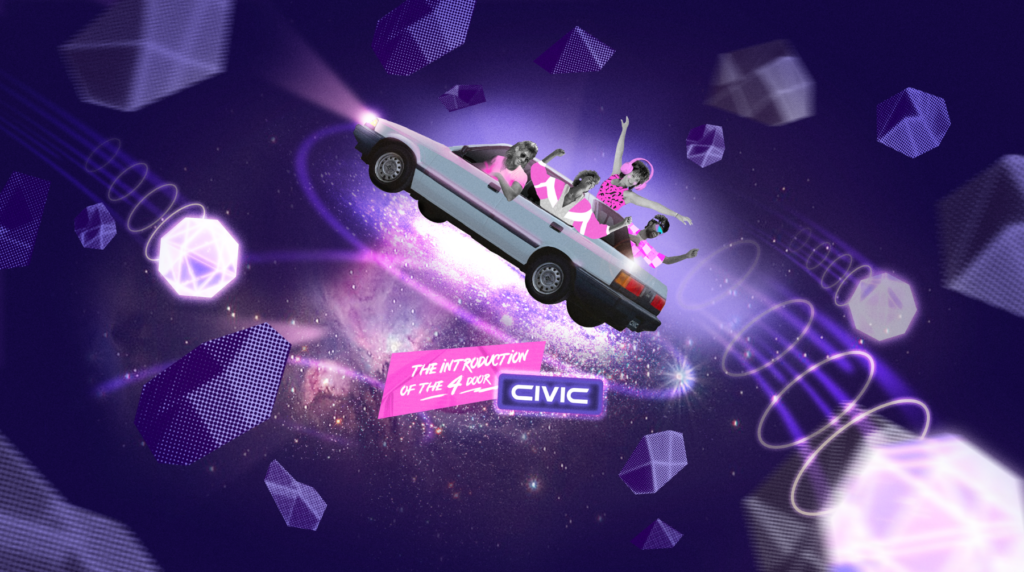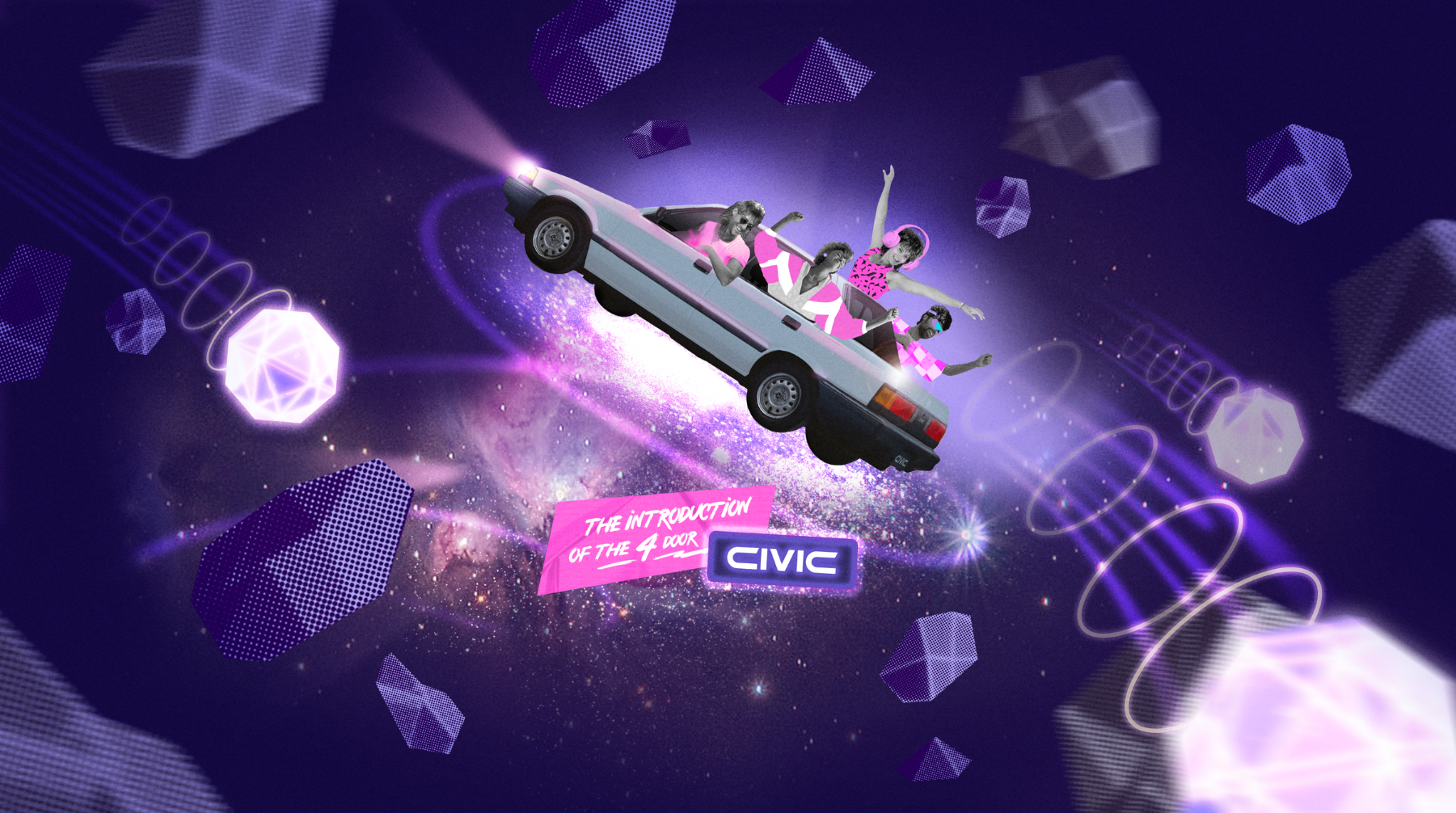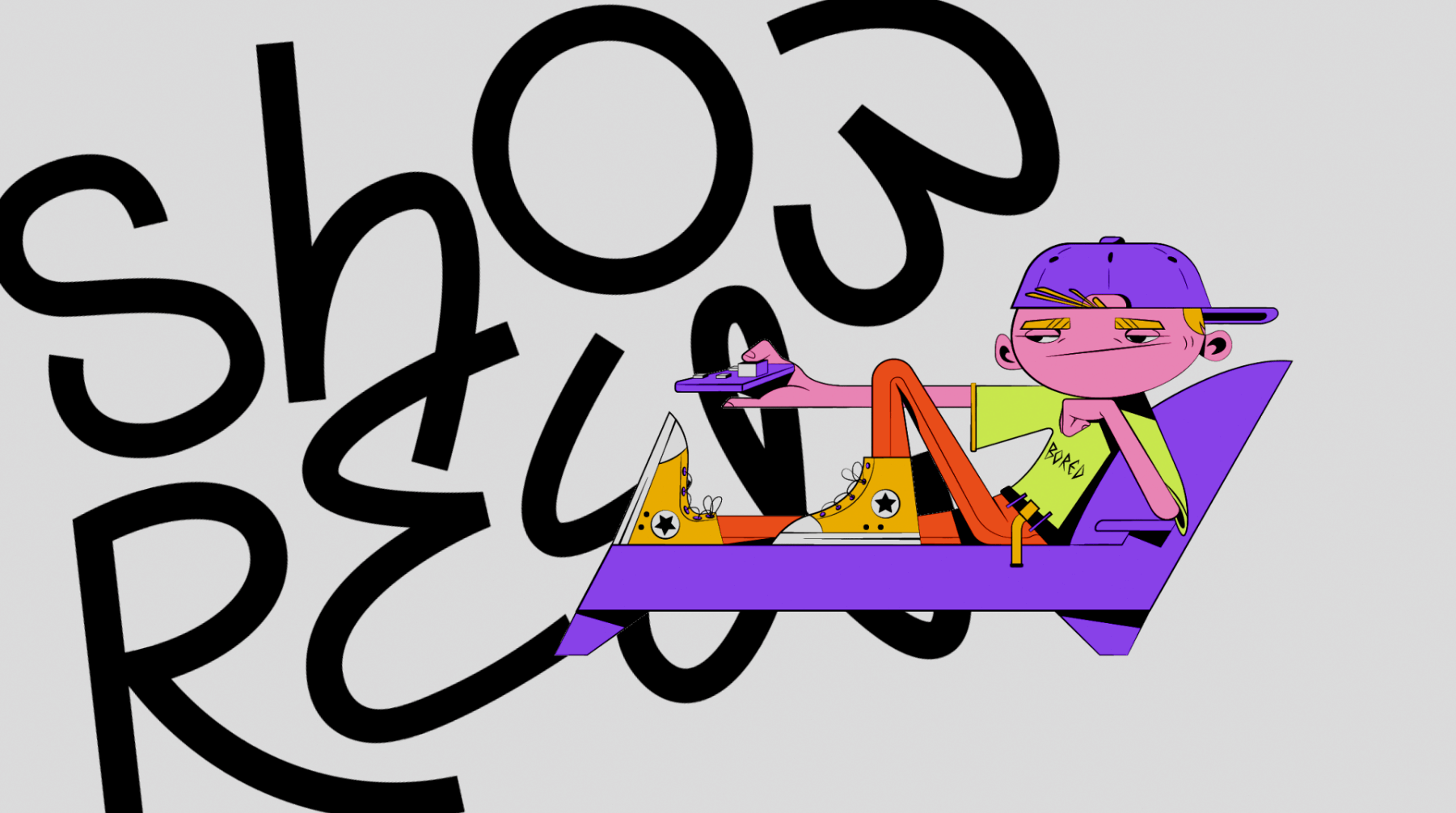What is Motion Branding? A Comprehensive Guide
Marketing tips
Pigeon Studio
05.11.2024
5 MINUTES
Motion branding, a dynamic evolution in the world of visual communication, has revolutionized the way companies present their brand identities in the digital age.
This innovative approach to branding strategy combines traditional design elements with animation and movement, creating a more engaging and memorable brand experience. As we delve into the definition and significance of motion branding, it's essential to understand how this technique has become an integral part of modern marketing and advertising campaigns.
At its core, the definition of motion branding encompasses the art of bringing a brand's visual elements to life through animation and movement. This innovative process goes beyond static logos and traditional marketing campaigns, incorporating dynamic elements that capture attention and enhance brand recognition across various digital platforms.
By infusing motion into a brand's identity, including animated logos, companies can create a more immersive and interactive experience for their target audience, effectively communicating their brand's story and values in a visually compelling manner that resonates throughout their marketing campaigns.

The Evolution of Motion Branding
The journey from static visual communication to dynamic branding has been a gradual but transformative process, driven by advancements in technology and changes in consumer behavior. Traditional branding relied heavily on static visual elements, such as logos, color schemes, and typography, to convey a brand's identity.
However, as digital media began to dominate the marketing landscape, the need for more engaging and versatile brand presentations became apparent.
The rise of social media, video-sharing platforms, and interactive websites has created new opportunities for brands to connect with their audience. Motion design emerged as a response to these changes, allowing companies to adapt their visual elements, including the logo, to the dynamic nature of digital platforms.
This evolution has not only enhanced the way brands communicate but has also redefined the role of graphic designers and animators in the branding process, as they now create dynamic versions of previously static elements, transforming the traditional logo into a living, moving representation of the brand.
Key Elements of Motion Branding
Motion branding encompasses several crucial components that work together to create a cohesive and dynamic brand identity. These key elements include:
- Dynamic logos: Transforming static symbols into living, breathing entities
- Kinetic typography: Bringing text to life through movement and animation
- Dynamic color palettes: Using color transitions to reinforce brand identity
- Sound design: Incorporating audio elements for a multi-sensory experience
Animated logos are perhaps the most recognizable aspect of motion branding, transforming static symbols into living, breathing entities that capture attention and convey brand personality. These animated motion logos can range from subtle movements to complex transformations, each designed to reinforce the brand's values and message.
Kinetic typography, another essential element of motion branding alongside the animated logo, brings text to life through movement and animation. This technique can be used to emphasize key messages, create rhythm, and guide the viewer's attention. When combined with a brand's color palette in motion, kinetic typography and animation can create a powerful visual experience that reinforces brand identity and improves brand recognition.
Sound design and audio branding play a crucial role in creating a multi-sensory brand experience. By incorporating unique audio elements, such as jingles, sound and visual effects, or voice-overs, motion branding can engage audiences on both visual and auditory levels, further enhancing brand recall and recognition.
The Psychology Behind Motion Branding
The effectiveness of motion branding lies in its ability to capture and hold attention in an increasingly cluttered digital marketing landscape. Human brains are naturally drawn to movement, making animated brand elements more likely to stand out and be remembered. This psychological response to motion can be leveraged to create more impactful and memorable brand experiences.
Emotional Connection and Brand Recall
Moreover, the dynamic nature of motion branding allows for a more nuanced and emotional connection with the audience. Through carefully crafted animations and transitions, brands can evoke specific feelings and associations in target audience, strengthening the emotional bond between the consumer and the brand. This emotional impact can significantly enhance brand recognition and loyalty, as viewers are more likely to remember and connect with brands that elicit strong emotional responses.
Applications of Motion Branding
The versatility of motion branding allows for its application across a wide range of digital platforms and marketing channels. In social media content, motion branding can help brands stand out in crowded feeds, increasing engagement and shareability. Website design incorporating motion branding elements can create more interactive and immersive user experiences, guiding visitors through the brand's story and offerings.
Versatility Across Marketing Channels
Television commercials and video ads benefit greatly from motion branding, as it allows for seamless integration of brand identity elements throughout the narrative. Corporate presentations and events can also leverage motion branding to create more dynamic and memorable experiences for attendees, reinforcing brand identity in a professional setting.

Benefits of Implementing Motion Branding
Motion branding offers significant advantages for companies aiming to enhance their brand image and marketing efforts. By adopting this dynamic approach, brands can reap several key benefits:
- Increased engagement and viewer retention
- Enhanced brand storytelling capabilities
- Versatility across various media formats
- Powerful differentiation in crowded markets
These benefits stem from motion branding's ability to create unique, memorable visual experiences that capture attention and convey complex messages effectively. The dynamic nature of motion branding allows for adaptable visual brand identities that can be easily scaled across different media formats, including video content, ensuring consistency in brand presentation.
In industries with similar product offerings, motion branding enables brands to compete on the basis of identity and emotional connection, leaving a lasting impression on their target audience through engaging video content and animated visuals.
Challenges and Considerations in Motion Branding
While motion branding offers numerous benefits, it also presents challenges that brands must navigate carefully. Maintaining brand identity consistency across various applications becomes complex as animated elements, including dynamic logos, must align with core brand values and visual guidelines. This requires close collaboration between marketing teams, graphic designers, and motion graphics specialists to ensure a cohesive brand identity.
Technical limitations and accessibility considerations play a crucial role in implementation. Not all devices support complex animations, and some users may require alternative versions of motion content. Brands must balance creating engaging motion graphics and video content while ensuring their brand identity remains accessible and functional across all touchpoints.Another consideration is balancing creativity with brand guidelines. While motion branding opens new avenues for expression, it's essential that dynamic elements, don't overshadow or contradict the established brand identity. The challenge lies in using motion to enhance and evolve the logo and overall brand image without losing sight of its core essence and recognition factors.
Through motion, we translate brands, products, and ideas into captivating and impactful content.
Enter your email address:








































